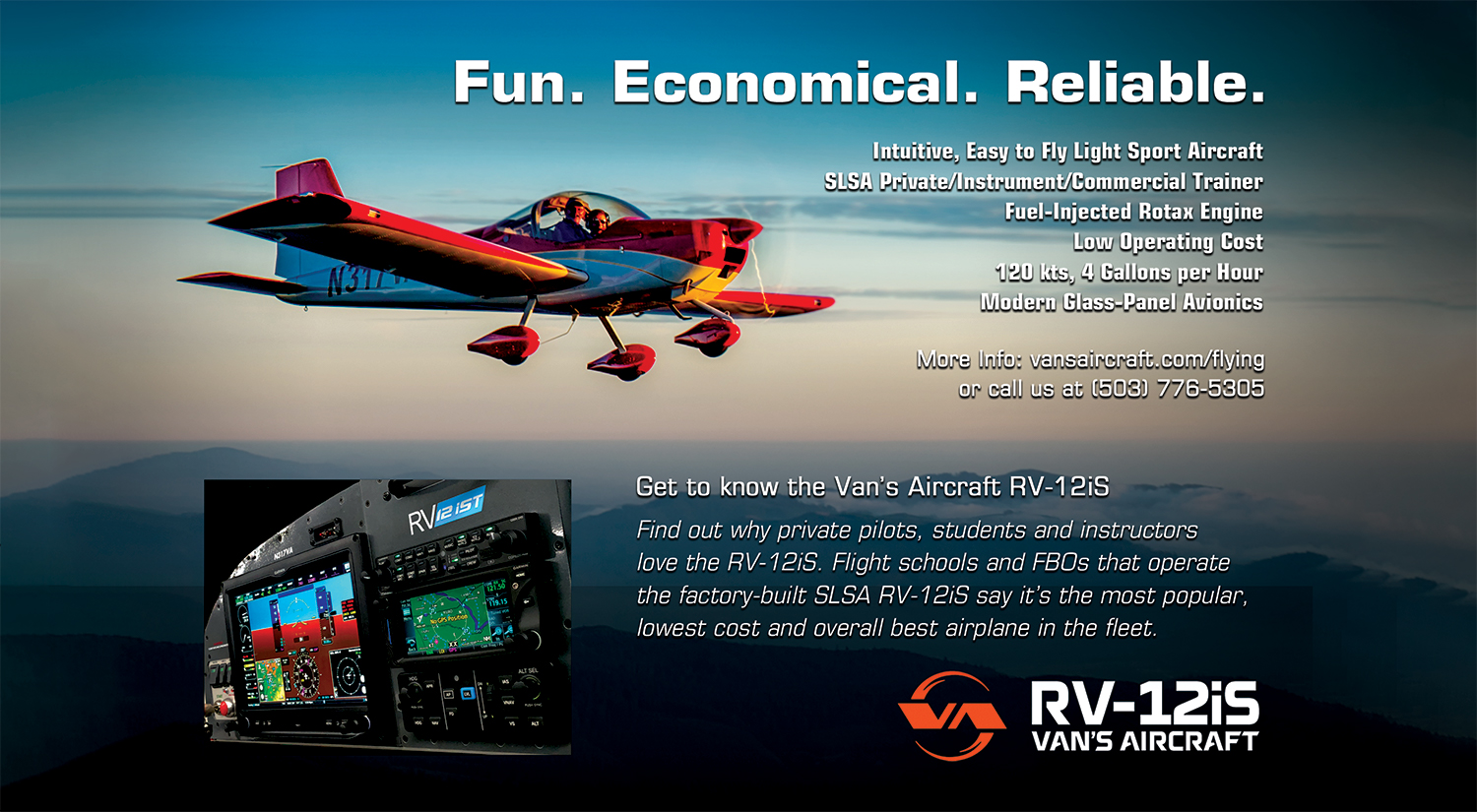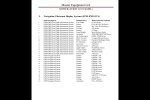MOSAIC is getting spicy. All types of conspiracy theory emerging. Post #46 says it all. Recommend re-reading #46 a sufficient number of times to understand what Tusayan is saying. As usual, TIME is the fourth dimension. Near term, legacy aircraft that meet MOSAIC specs, will fill the void in demand for those pilots that want to fly with driver license (ie, modern healthcare that Tusayan references). Prices on legacy aircraft will respond to the market with the "MOSAIC bump". Longer term, as legacy aircraft numbers continue to dwindle due to natural forces (nature/corrosion, accidents, lack of parts, etc.), the GA market in the US starts to look more like the markets in other countries, such as Europe. Very expensive and very exclusive. Perhaps we are in the declining "good old days" of GA and it will take time to realize where markets are heading in the longer term. Of course, there is always the wildcard of eVTOL aircraft (ie, personal Jetson time machine), which MOSAIC seems to be supporting, but that market is very uncertain at this time.
"Foreseer in the Fog"




